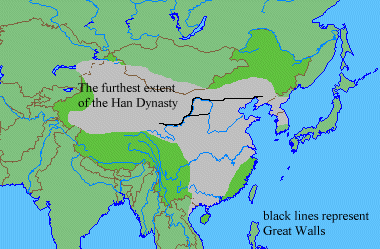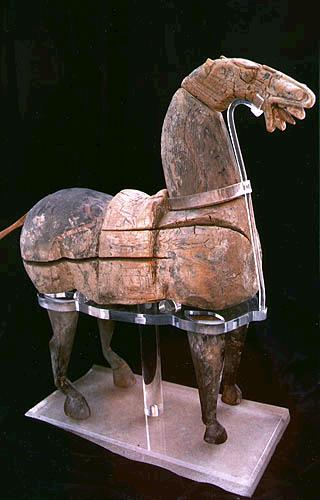
Once Liu Pang had fully
united China he made little changes to the legal system. When in power
he created many occupations for his allies and relatives giving them positions
as high ranking officials. The capital was located in Ch'ang-an. The
Han had a government much like the fudeal system that existed in Europe.
The lords are more like commanders that would control the people.


Despite this military success,
economic and political struggles still arose within China. Internal struggles
for power taxed the peasants, until 184 A.D, when another peasant uprising
occurred. This movement was begun by a group known as the Yellow Turbans.
This uprising served to unite the factions who had previously been fighting
one another because they needed to unite in order to defeat the Yellow Turbans.
Despite conquering them, China did not return to a uniform state. Instead,
three kingdoms emerged and the Han dynasty came to an end.